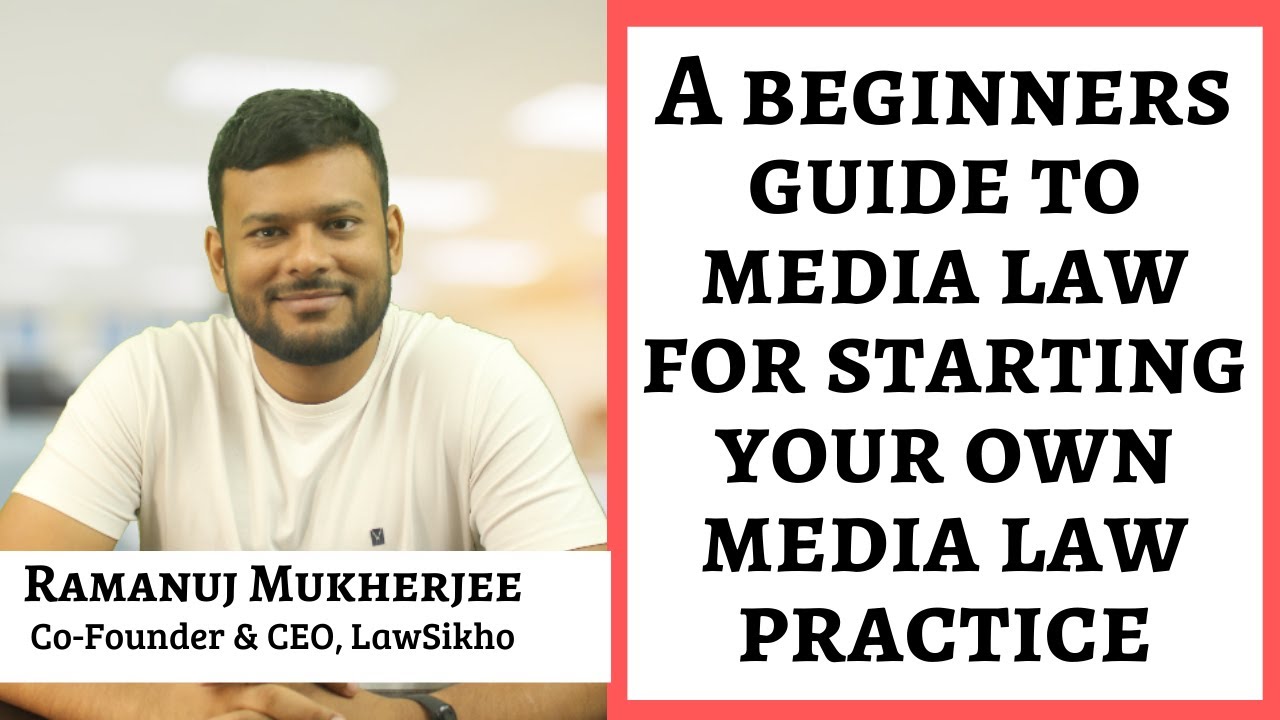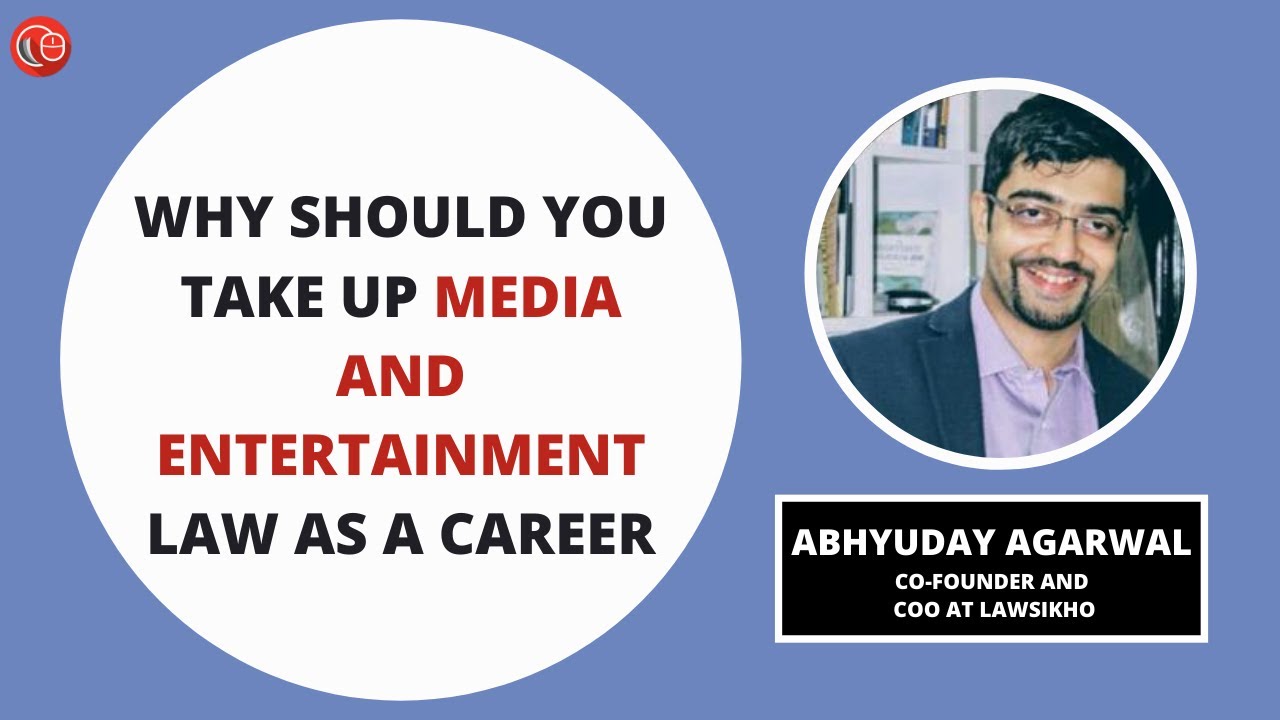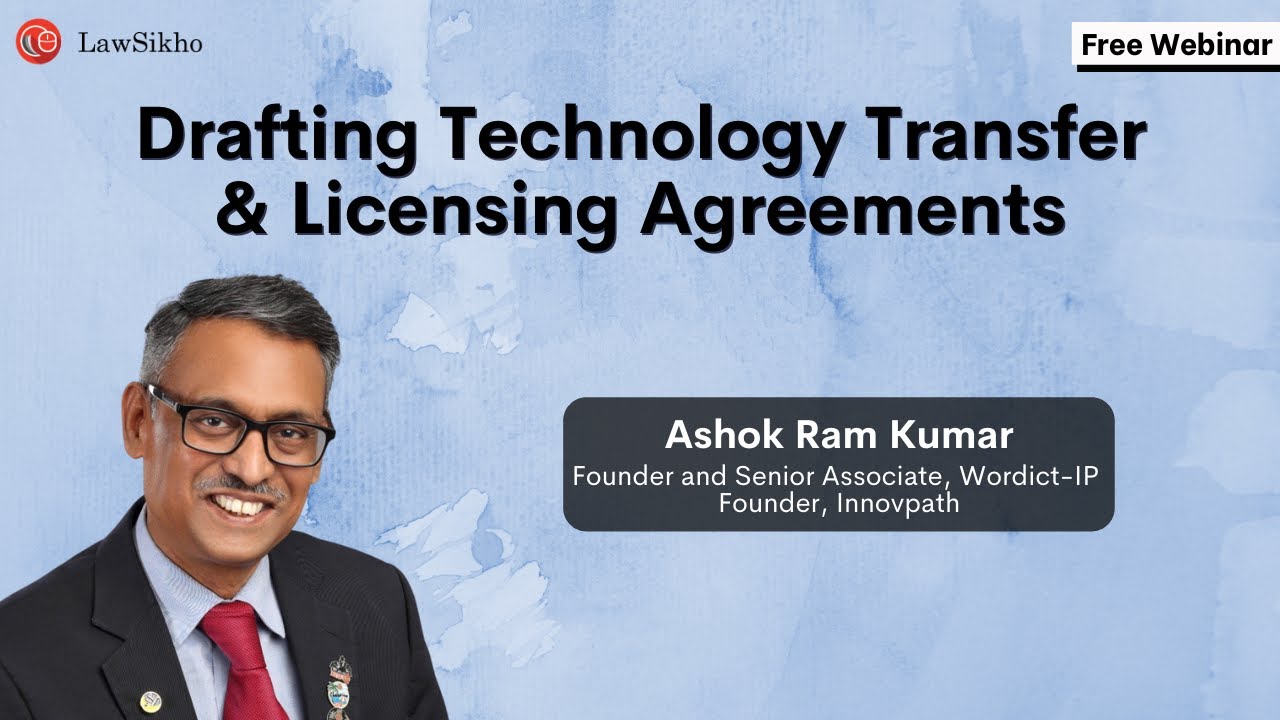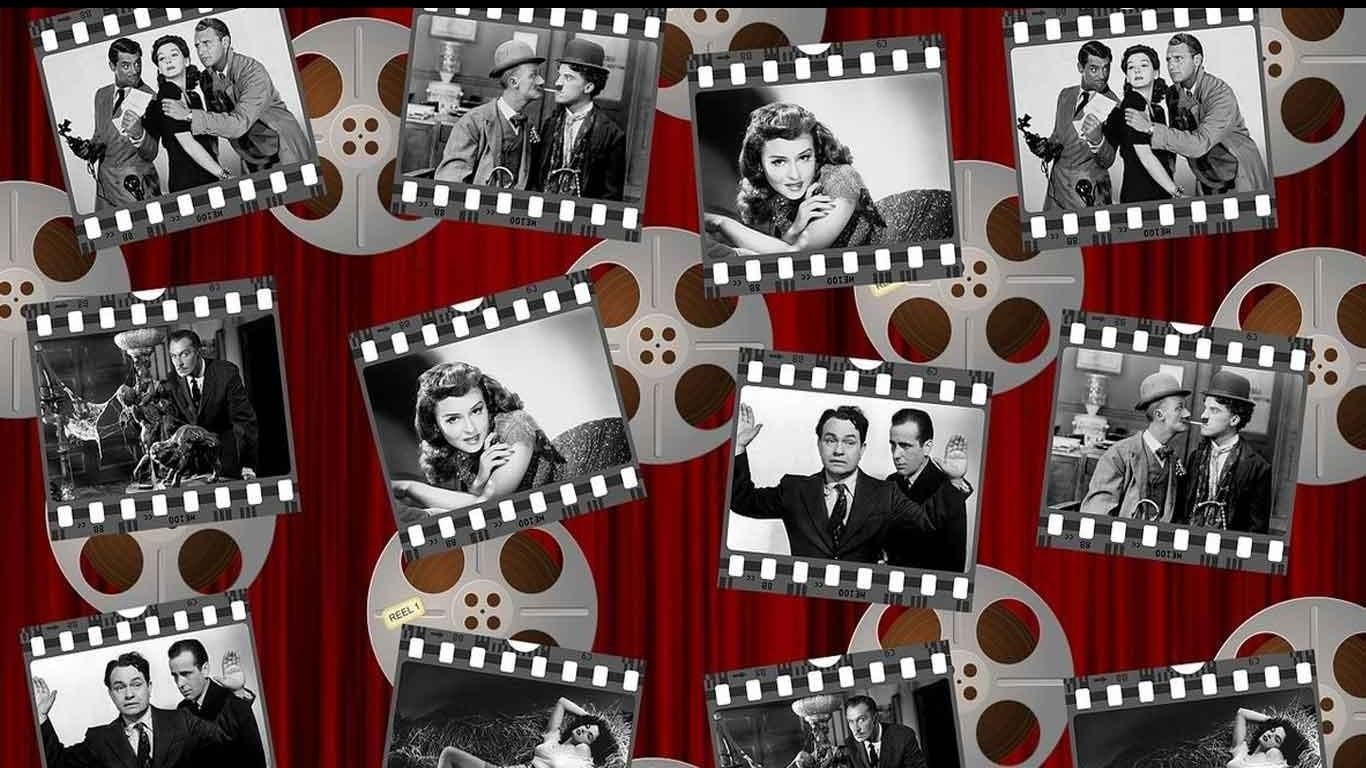Introduction
In India, the films are not looked upon just as entertainment. They're a way of life.
-Shah Rukh Khan
Indian media and entertainment (M&E) industry is expected to grow at a CAGR of 13.10 per cent to touch Rs 2,660.20 billion (US$ 39.68 billion) by the financial year 2022-23, from Rs 1,436.00 billion (US$ 22.28 billion) in the financial year 2017-18.
Progressive liberalization of Foreign Direct Investment (FDI) norms and the large size of the Indian market has led to significant investment in various kinds of content-based technology apps.
As an indicator, FDI inflows in the sector were USD 8 billion in the financial year 2017-2018.
Domestic companies are scaling up by raising foreign capital or by entering into joint venture arrangements with leading global players.
In the past few years, the introduction of digital content apps on the internet further altered the face of the entertainment industry. Subscription-based entertainment and media apps have added a new dimension to the industry.
Media companies have realized that licensing content from the large production houses and studios is not enough - they need to create original content.
It led to the race for owning and streaming the greatest volume of original and exclusive content.
In 2019, The streaming giant Netflix released just over one new title every day on average. 371 new T.V shows or movies were released in 2019, which amounted to a 54.6% increase from the previous year. (See here)
Netflix is not the only player in the market - it has many other competitors, such as Amazon Prime Video, Hotstar, Voot and new entrants such as Disney+ and Apple TV+, which means there is more original content being created globally. This content is in addition to all the content that was already being created by production houses for satellite television and cinema prior to the global spread of digital music and video.
Media and entertainment work is not the same as it was in the era of cable TV, or at the time of the internet, when Napster and other P2P sites and torrents were ruining the market owing to piracy.
Separately, a new game is being played out for dominance in the regional content space. The market dynamics in this space are very different from the Hindi and English markets in which global players such as Netflix or Amazon Prime are currently operating.
Apart from its high population, which makes India an attractive market for global players is that its media consumption is nine times that of the US and twice that of China.
These developments have led to the creation of an enormous amount of contracts and licensing work.
India is also one of the highest spending and fastest-growing advertising markets. India’s advertising revenue is projected to reach Rs 1,232.70 billion (US$ 18.39 billion) in FY23 from Rs 608.30 billion (US$ 9.44 billion) in FY18.
Celebrity endorsements form an important component of advertising. This space is heating up. Talent management agencies are flourishing in this environment, managing different kinds of rights of celebrities with brands.
India's online gaming industry is also expected to grow at a CAGR of 22 per cent between FY18-23 to reach Rs 11,900 crore (US$ 1.68 billion) in FY23.
The entire industry is dependent on content, and acquisition and production of content today requires the execution of various kinds of contracts, so there is a lot of legal work being generated by the industry, which is primarily related to drafting contracts around licensing and for different kinds of services.
Apart from contract drafting work, from time to time, there is regulatory workaround compliance as well. For example, the release of a print newspaper or print journal, a movie released in a cinema theatre or the airing of a TV programme needs to be compliant with specific regulations applicable in this industry.
These compliance activities may involve filing certain forms with statutory authorities, but prior to that, there are multiple stages of internal review within the organization itself. In-house media and entertainment lawyers (and sometimes external lawyers) are involved in these stages of review.
Occasionally, disputes-related workaround intellectual property infringement, breach of a license contract, defamation or comparative advertisement issues or challenges of a regulatory action also arise.
Unlike an M&A or capital markets practice of a law firm, the dimensions of a media law practice are still evolving in India. As the industry grows, young lawyers who start out early in this area will stand to benefit.
Do you want to work for media companies, production houses, large distributors, digital media businesses?
Remember that to build a career in this area; lawyers need to learn about the type of work that is performed for clients in these practice areas and how to do such work.
For example, which are the contracts that Netflix or Disney would be entering into on a day-to-day basis?
Which contracts were required to be executed before Game of Thrones or Sacred Games could be filmed and then aired?
How did J.K. Rowling or George R. R. Martin assign rights for Harry Potter and Game of Thrones movie and TV adaptations, respectively?
How does music-related licensing take place? How do digital music companies such as Spotify, Wynk and JioSaavn acquire music to expand their collection? How are royalties to the record labels structured? How does a producer get to use someone else’s song in their movie?
To what degree can a digital app compare competitor’s products in advertisements to demonstrate the superiority of its app?
What role do copyright societies play in adding revenue to performers and composers for public usage of music created by them?
What should be done if the CBFC refuses to grant a specific kind of certificate to a movie, drastically reducing the audience that can watch it in movie theatres and thus eroding box office revenue predictions?
How does Byju’s engage Shahrukh Khan for endorsing its products? How are these contracts structured, negotiated and drafted?
How are the contracts and IP rights for toys based on Marvel characters (or Chhota Bheem-related merchandize) structured? How does legal drafting reflect the economic understanding and flow of IP rights?
Those who work in this area execute about anywhere between 5 - 15 contracts everyday around these areas. This is their bread and butter.
Law school syllabi do not focus in-depth on these aspects of copyright and its application to contracts in the media and entertainment contracts and licensing.
Even leading textbooks on media law that are available in the market are also based on a pre-2012 era. They primarily focus on the applicable statutes for print media, cable television, defamation and constitutional law around free speech alone, without coverage of daily work performed by lawyers in this area.
The largest segment of media-related legal work is performed by in-house counsels who are working at technology companies, production companies or media houses, and also at law firms that have media and entertainment laws or technology, media and telecom (TMT) practice.
Daily work in the industry primarily involves drafting, vetting and negotiation various kinds of media contracts. Specialized applications of copyright law are involved too.
Excellence in this work requires a lawyer to have a sector-specific understanding of the commercial intent for different kinds of deals in the media and entertainment sector.
General contract drafting skills alone are not sufficient.
For example, music licensing contracts are different from agreements to create a movie based on a bestseller or the rights release contract of a model. These agreements are, in turn different from movie distribution agreements.
Without understanding these subtle differences and practising how to apply these aspects to real contracts, one cannot demonstrate that one has the skill-sets necessary to work in this area to potential clients and recruiters.
If you are a young lawyer looking to identify emerging areas that would be extremely lucrative in the coming years, working on media and entertainment contracts and licensing could be one of them.
This course covers unique laws regulating different forms of media, intellectual property and other legal issues pertaining to the media and entertainment industry.
After pursuing the course, you will be able to work as an in-house counsel in a company working in this sector, in an intellectual property law firm, a boutique media and entertainment law firm or in the technology, media and telecom laws practice of a law firm.
As you understand the contracts intricately, you will have a distinct advantage while performing litigation work as well.









 Key Highlights
Key Highlights








 Radio
Radio  Media Entertainment
Media Entertainment  Music
Music  Broadcasting
Broadcasting  Sports
Sports  Fashion
Fashion  Digital Marketing
Digital Marketing  Technology
Technology  FMCG
FMCG  ADVERTISING
ADVERTISING 











 ADDICTIVE LEARNING TECHNOLOGY LIMITED
ADDICTIVE LEARNING TECHNOLOGY LIMITED











